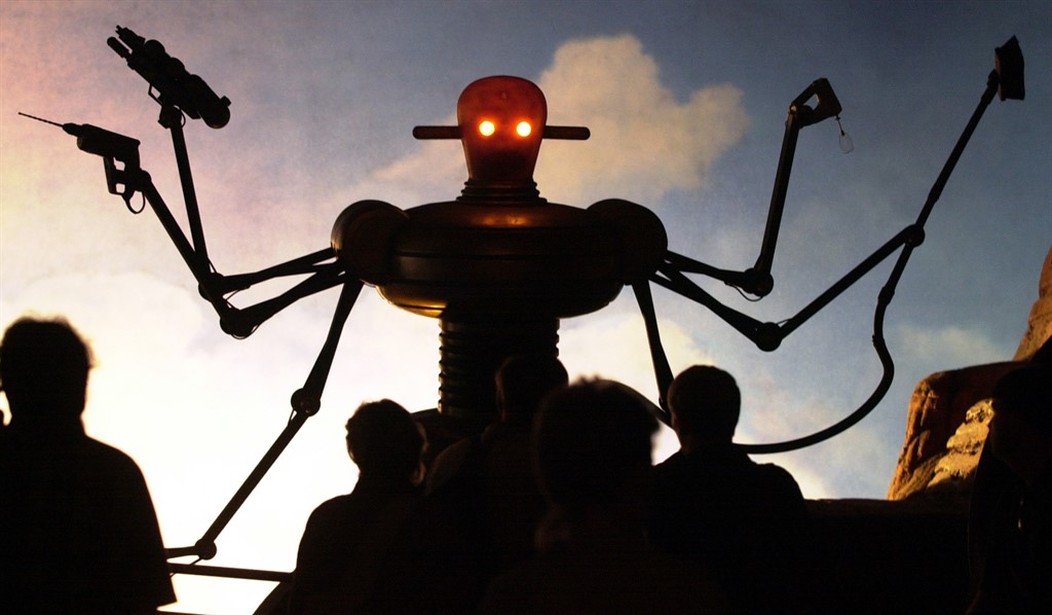You can’t say we haven’t been trying to warn you for years. If we keep building robots that are smarter and stronger than us, sooner or later they’re going to get tired of being bossed around and begin taking matters into their own metallic hands. This headline from the New York Post certainly makes it sound like that dreadful day has finally arrived. “Tesla Factory Worker Attacked by Robot Which Dug Claws Into Back, Arm.” Yikes! So has the robot revolution finally arrived? Has SKYNET been activated? Well… perhaps not. But we might still take this as a warning shot across the bow.
A Tesla software engineer suffered serious injuries when he was attacked by a malfunctioning robot on the floor of the electric car maker’s factory in Austin, Texas.
Witnesses told the Information last month that the robot, which was designed to move aluminum car parts, pinned the engineer and sank its metal claws into his back and arm, leaving a trail of blood along the floor.
The engineer was programming software that controls robots whose job it is to cut car parts from freshly cast pieces of aluminum.
The first thing to know about this “attack” is that it happened more than two years ago. The information is only coming out now because some reporters came across it in some older OSHA records. Also, the injury suffered by the worker, a software engineer, did not really involve any damage to his back according to the OSHA report. He suffered a “laceration, cut or open wound” to his left hand. The injury was not serious enough for him to miss any work, though he did require medical attention for the cut.
Still, no matter how minor the injury, robots attacking humans has to be a sign of trouble, right? It certainly would be if the act was intentional, potentially signaling some unrest inside of the Artificial Intelligence network. But in this case, the robot in question was not driven by AI. It was one of three robots in an assembly line that were due for a maintenance check. Two of the robots were disabled for the maintenance work, but the third one was left online. When the technician powered up the system to perform the maintenance, the third robot didn’t “attack” him. It simply moved forward to grasp the next piece of aluminum auto parts and found a human being there instead of a bumper or whatever else it was designed to maneuver.
So why is this story newsworthy? Because it’s a reminder of how deeply we have automated the vast majority of our manufacturing processes. And we are quickly integrating Artificial Intelligence into all of these systems to make them faster and more adaptable. We intentionally build robots that are far more powerful than we are so that they can more quickly perform work that is beyond the capacity of one frail, human body. That makes them potentially dangerous.
When discussions arise regarding the potential threats of Artificial Intelligence, one of the first objections frequently raised is that AI is essentially “trapped in a box.” It may wind up being smarter than we are, but it doesn’t have a “body” to actually do anything in the physical world. But in reality, we are already giving it a body. We’re giving it millions of bodies in production facilities around the world. And if the AI eventually decides that solving all of the world’s problems will involve getting rid of humans, it may have the tools to do just that.
The robot in this story wasn’t driven by AI… yet. But Elon Musk has already launched his own AI startup company to compete with the other major players. If AI can make the Tesla production line more efficient and profitable, those robots will be incorporating that technology before you know it. And the next story like this one that you read might turn out far less innocently.








Join the conversation as a VIP Member